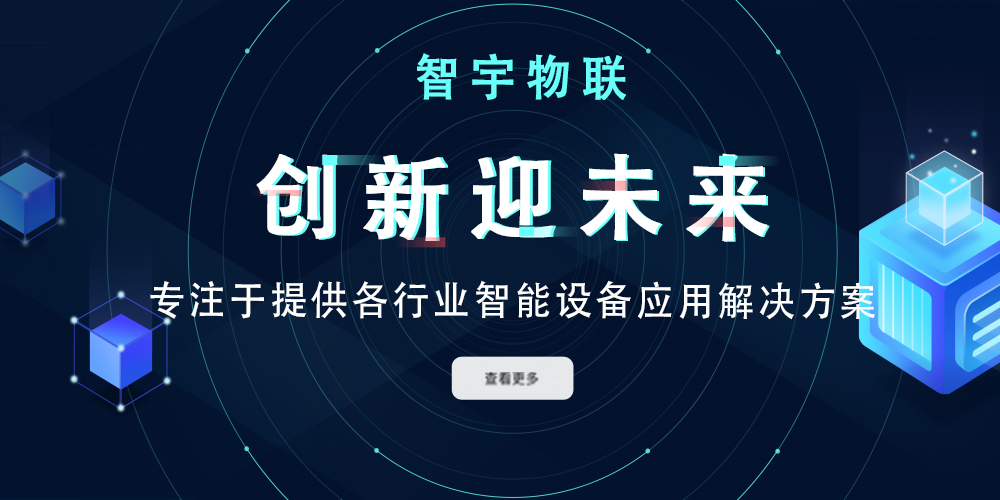繼電器
繼電器用來切換電路以及設備(我們這里就是LED)的開關。為了簡化電路我們將使用一個繼電器模塊,它包含了所有必須的元器件、管腳和接插件。注意你也可以購買多通道繼電器模塊,只要每個通道可以單獨開關即可。
面包板
面包板用來進行電路的連接而無需進行焊接,這使得裝配過程更加簡單。
發(fā)光二極管
當供電時LED會點亮,我們用它來表示項目中的物理設備(比如冰箱)。
300歐電阻
電阻用來限制通過LED的電流。沒有電阻的話,LED和樹莓派可能會因為電流過大而損壞。要使用的電阻取決于你的LED以及電路電壓。在我的演示中,使用了9V電池,因此330歐姆的電阻應當就可以了。
電池
電池為電路提供能力。我的演示中使用的是9v電池。
連接線
我們當然也需要一些電線將各個部件連接起來:
二維碼
如果你希望使用手機IOTA錢包來支付使用LED(冰箱、洗衣機....)的費用,那么一個打印好的IOTA收款地址二維碼會很方便。當使用IOTA錢包生成地址時,你會找到一個二維碼。或者在THETANGLE網(wǎng)站查詢已有地址的二維碼。
組裝電路
現(xiàn)在我們看下組裝好的電路:
樹莓派的管腳如下:
參考以下說明連接管腳:
- 樹莓派的pin 2(5v)連接到繼電器模塊的VCC管腳
- 樹莓派的pin 6(地)連接到繼電器模塊的GND管腳
- 樹莓派的pin 12(GPIO18)連接到繼電器模塊的IN管腳
- 繼電器模塊的COM端子連接到電池的正極
- 繼電器模塊的NO端子通過電阻連接到LED的正極
- 電池的負極連接到LED的負極
需要的軟件和庫
在我們開始編寫Python代碼之前,需要先確認已經(jīng)在樹莓派上安裝了所需要的軟件和庫。
首先,我們需要在樹莓派上安裝一個操作系統(tǒng)。任何樹莓派支持的LInux發(fā)行版應該都可以。在我的演示中,使用的是Raspbian發(fā)行版,因為它已經(jīng)預置了Python和幾個Python編輯器。Raspbian發(fā)行版 的安裝指令可以在這里找到:
https://www.raspberrypi.org/downloads/raspbian/。
如果你要單獨安裝Python,可以參考這里:
https://www.python.org/downloads/。
最后,我們需要安裝PyIOTA API庫,利用它我們就可以使用Python來訪問IOTA tangle了。PyIOTA API庫及安裝指令參見:
https://github.com/iotaledger/iota.lib.py。
Python代碼
現(xiàn)在開始寫代碼:
# Imports some Python Date/Time functions
import time
import datetime
# Imports GPIO library
import RPi.GPIO as GPIO
# Imports the PyOTA library
from iota import Iota
from iota import Address
# Setup O/I PIN's
LEDPIN=18
GPIO.setmode(GPIO.BCM)
GPIO.setwarnings(False)
GPIO.setup(LEDPIN,GPIO.OUT)
GPIO.output(LEDPIN,GPIO.LOW)
# Function for checking address balance on the IOTA tangle.
def checkbalance():
print("Checking balance")
gb_result = api.get_balances(address)
balance = gb_result['balances']
return (balance[0])
# URL to IOTA fullnode used when checking balance
iotaNode = "https://nodes.thetangle.org:443"
# Create an IOTA object
api = Iota(iotaNode, "")
# IOTA address to be checked for new light funds
# IOTA addresses can be created using the IOTA Wallet
address = [Address(b'GTZUHQSPRAQCTSQBZEEMLZPQUPAA9LPLGWCKFNEVKBINXEXZRACVKKKCYPWPKH9AWLGJHPLOZZOYTALAWOVSIJIYVZ')]
# Get current address balance at startup and use as baseline for measuring new funds being added.
currentbalance = checkbalance()
lastbalance = currentbalance
# Define some variables
lightbalance = 0
balcheckcount = 0
lightstatus = False
# Main loop that executes every 1 second
while True:
# Check for new funds and add to lightbalance when found.
if balcheckcount == 10:
currentbalance = checkbalance()
if currentbalance > lastbalance:
lightbalance = lightbalance + (currentbalance - lastbalance)
lastbalance = currentbalance
balcheckcount = 0
# Manage light balance and light ON/OFF
if lightbalance > 0:
if lightstatus == False:
print("light ON")
GPIO.output(LEDPIN,GPIO.HIGH)
lightstatus=True
lightbalance = lightbalance -1
else:
if lightstatus == True:
print("light OFF")
GPIO.output(LEDPIN,GPIO.LOW)
lightstatus=False
# Print remaining light balance
print(datetime.timedelta(seconds=lightbalance))
# Increase balance check counter
balcheckcount = balcheckcount +1
# Pause for 1 sec.
time.sleep(1)
運行代碼
要運行上面的代碼,我們需要先在樹莓派上保存到文件中,例如let_there_be_light.py。然后使用如下命令:
python let_there_be_light.py
現(xiàn)在你應當可以在終端窗口中看到代碼在執(zhí)行了,顯示當前的余額,并且每個10秒鐘檢查一次LED對應的IOTA地址的余額。
支付LED的使用費
要點亮LED,你只需要使用喜歡的IOTA錢包向LED的IOTA地址轉一些IOTA幣。只要轉賬交易被IOTA tangle確認,LED應該就會點亮并直到消耗完余額。在我的演示當中,我設置的收費標準是1秒鐘1個IOTA。
原文鏈接:iota物聯(lián)網(wǎng)硬件集成新手教程 - 匯智網(wǎng)



